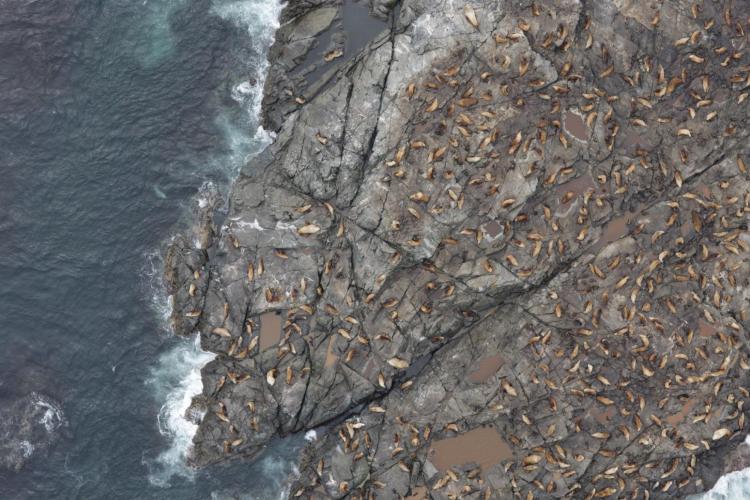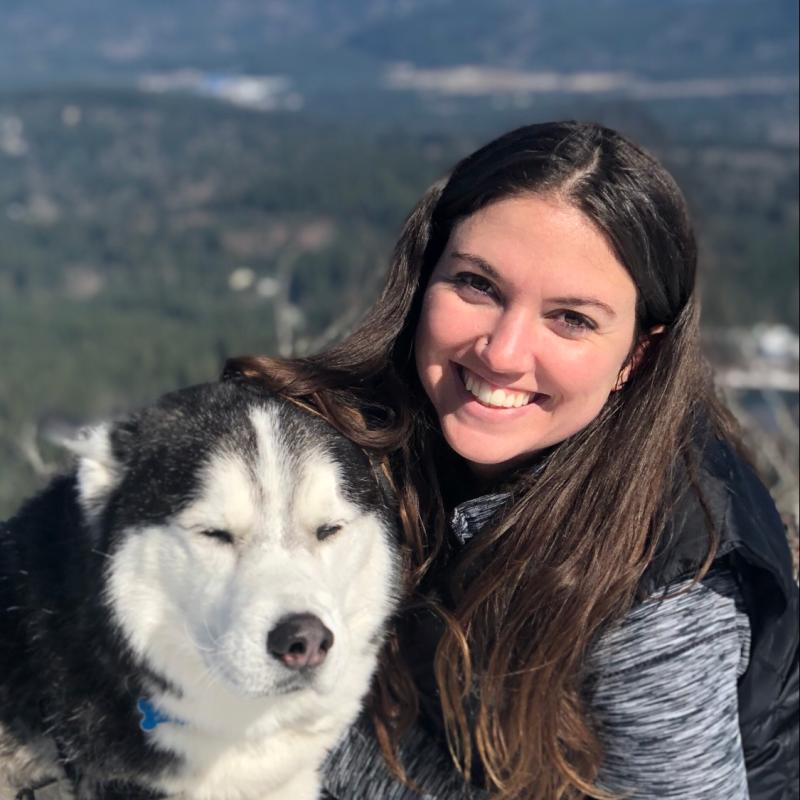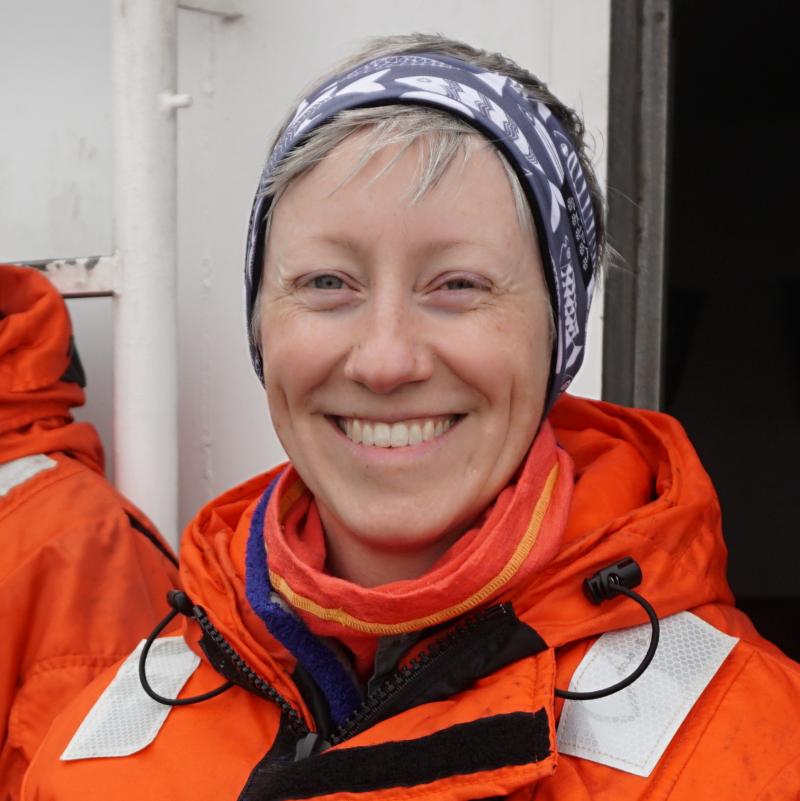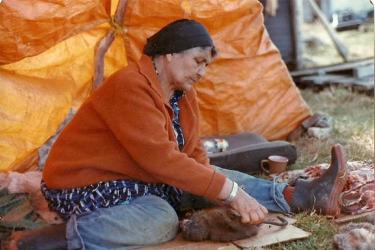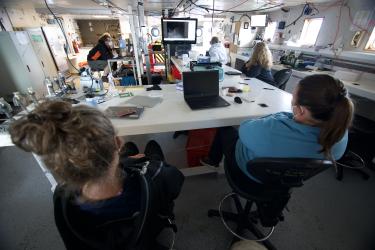Week of June 13, 2021
The 2021 Steller sea lion aerial survey crew has made it to Anchorage! We arrived safely on the evening of June 13th, but getting us here took much longer than the 3.5 hour flight from Seattle. In any given year, it takes a lot of time and preparation from many people to organize the Steller sea lion aerial survey. This year, even more efforts were needed to keep us safe in both the skies and the cities amidst the worldwide COVID-19 pandemic. Here’s a look at what it took to prepare for this year’s aerial survey.
Conducting an aerial survey requires a lot of planning, preparation, and paperwork. Luckily, a lot of this can be done remotely ahead of time. First, there was scheduling our survey dates and flight hours with NOAA’s Aircraft Operations Center. (It’s hard to do an aerial survey without a plane!) Once those details were finalized, all AFSC crewmembers - myself (Burlyn), Katie (co-blogger), and Ben Hou - had to complete our required field safety trainings (Aviation Egress, Wilderness First Aid, Defensive Driving, Aerial Safety, and many more). We also made arrangements with the Bureau of Land Management for “flight following,” which is an extra safety program that tracks the aircraft during our survey flights.
Next, it was time for the three of us to test our equipment to ensure that all of our gear would work correctly during the survey. This step was especially important this year because the equipment hadn’t been used since 2019! In order to abide by safety protocols, we needed to maintain social distancing, wear masks, and limit the number of survey members in the room to only two at a time. Therefore, Katie, Ben, and I played musical chairs in and out of the equipment room throughout the test, trading off responsibilities and troubleshooting ideas. Once all of the gear was working properly, it was inventoried, repacked, and stored until it needed to be shipped.
After equipment testing, car, hotel, and flight reservations had to be made for the whole crew, which can be tougher than it sounds. We - the science crew, the pilots, and the mechanic - try to travel together, and it can be difficult to find six rooms at the same hotel during prime Alaska tourism season. Katie and I had the extra challenging task of securing vehicles in Anchorage amidst a rental car shortage, but do not fear - we both succeeded. Next, Katie and I met one last time at AFSC to send the survey gear to Alaska. We weighed, measured, taped, zip-tied, and labeled each of the seven equipment containers, and they were off to Anchorage, with us soon to follow!
In addition to the standard year’s paperwork and prep, Katie and I each had to complete COVID-19 safety plans in order to participate in fieldwork. AFSC (Katie’s employer) and the University of Washington (my employer) both required an extensive amount of documentation about how we would keep our crew safe and healthy while conducting surveys. The plans included a 14-day period of “reduced contact” before traveling to Alaska, and then a 7-day Shelter in Place (SIP) in Anchorage, which brings us back to the present!
Katie and I are currently residing in our separate hotel rooms completing our 7-day SIP while we monitor for COVID symptoms. We’re also catching up on emails, joining video calls, completing puzzles, ordering take-out, and generally enjoying the 19 hours of daylight that Alaska has to offer. We even received a little “Welcome to SIP” treat from some of our AFSC coworkers when we arrived at our hotel! After 7 days and 1 negative COVID-19 test, we will join the rest of the survey crew, who have also been completing their SIP elsewhere in Anchorage. Once we install and test the equipment in the Twin Otter and transit to our first base of operations in Sitka, the survey will officially be underway!
